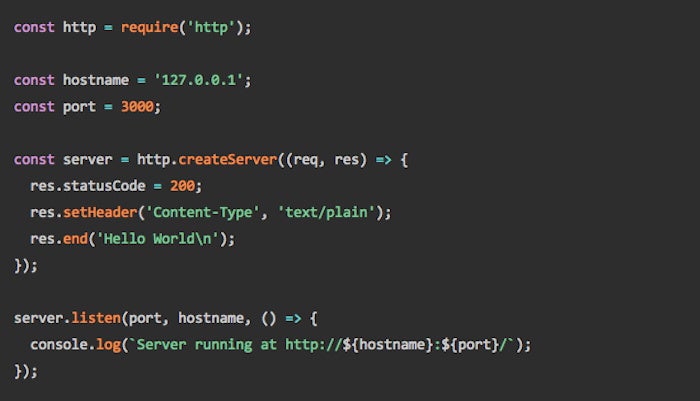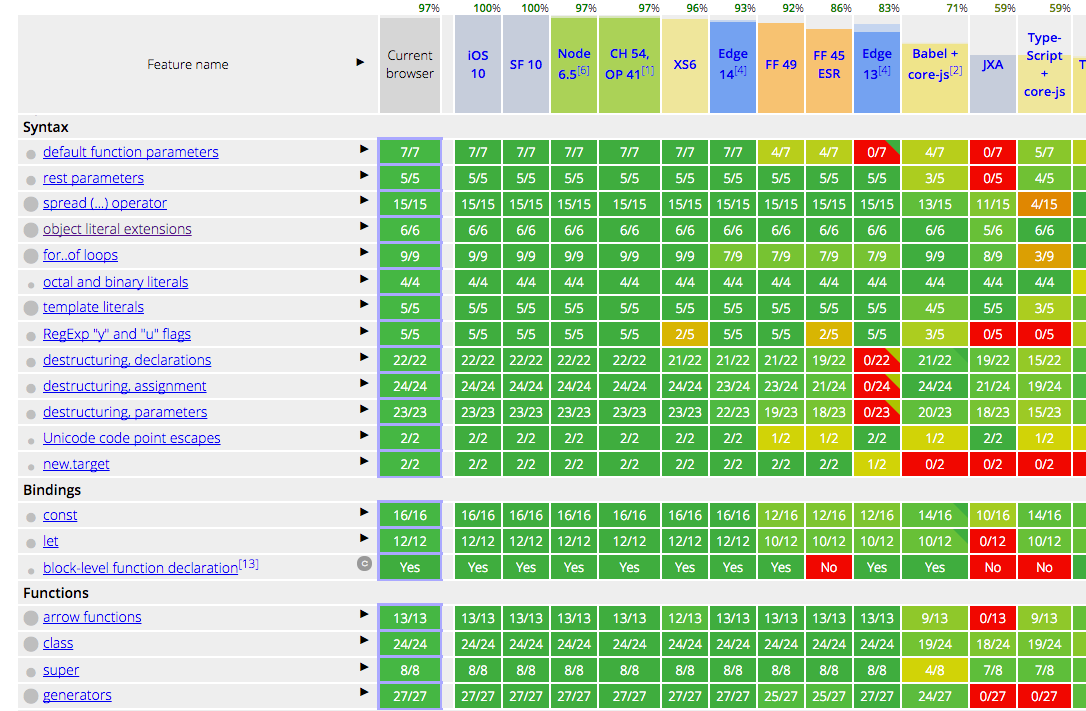
The array that the method was called upon. The index of the current element being processed in the array. The current element being processed in the array. Where callbackFn takes three arguments: element

The following methods mutate the original array: Conceptually, they are not copying methods either. Note that group() and groupToMap() do not use to create new arrays for each group entry, but always use the plain Array constructor. splice() (to construct the array of removed elements that's returned).The following methods create new arrays with concat() Other methods mutate the array that the method was called on, in which case their return value differs depending on the method: sometimes a reference to the same array, sometimes the length of the new array. Primitive types such as strings, numbers and booleans (not String, Number, and Boolean objects): their values are copied into the new array.That is, if a referenced object is modified, the changes are visible to both the new and original arrays. Both the original and new array refer to the same object. Objects: the object reference is copied into the new array.Elements of the original array(s) are copied into the new array as follows: The copy always happens shallowly - the method never copies anything beyond the initially created array. The newly constructed array is then populated with elements. They do so by first accessing nstructor to determine the constructor to use for the new array. Some methods do not mutate the existing array that the method was called on, but instead return a new array.

Object.prototype._lookupSetter_() Deprecated.Object.prototype._defineSetter_() Deprecated.Object.prototype._defineGetter_() Deprecated.


 0 kommentar(er)
0 kommentar(er)
